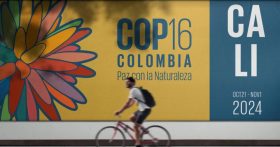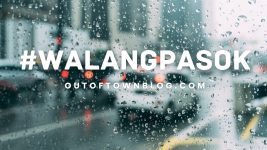Social Media Could Boost Wildlife Conservation Efforts for Small Mammal Species, Experts Say
4 min read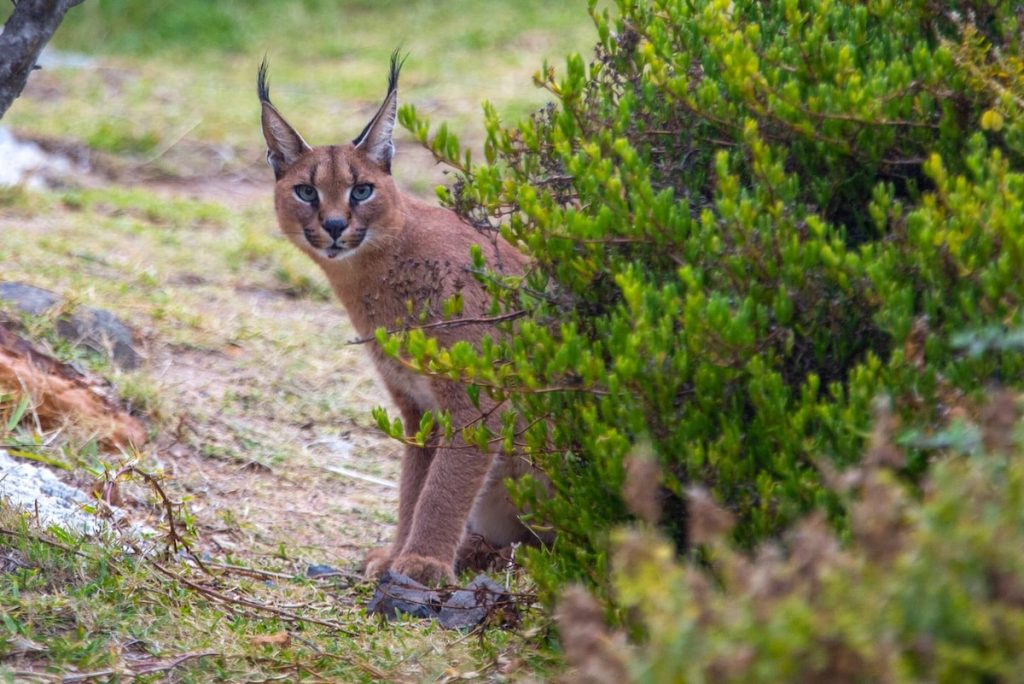
A caracal looks out from behind bushes near Miller’s Point in the southern section of the Cape Peninsula, South Africa. John Hishin
Founded in 2005 as an Ohio-based environmental newspaper, EcoWatch is a digital platform dedicated to publishing quality, science-based content on environmental issues, causes, and solutions.
Photos of wildlife on social media have the power to boost conservation by depicting predators not only as beautiful, but as similar to domestic pets.
A new study has found that, through their millions of followers, Instagram and Facebook can steer public engagement and awareness toward support for predators like wildcats, who are sometimes shot and poisoned by farmers.
The research was based on the caracal wildcat — a native of Africa with prominent, tufted ears — whose similarity to house cats has brought thousands of followers to internet streams about conserving the elegant felines, a press release from Taylor & Francis said.
The researchers point out that “charismatic” smaller mammals like the caracal can be “flagship species” for getting the word out about the purposes of scientific research in areas that are rapidly urbanizing.
“Using an aesthetic species such as the caracal is an effective way to capture public attention to communicate the importance of conserving urban wildlife,” said Drs. Laurel Serieys and Gabriella Leighton with the Urban Caracal Project (UCP) and the University of Cape Town in the press release.
The findings suggest the graceful carnivore’s online appeal is connected with viral images, memes and videos of cats.
Improved public engagement is important for achieving conservation aims, particularly in biodiversity hotspots. Many species are unique to these regions, as well as endangered, and threatened areas are becoming increasingly urbanized and understudied.
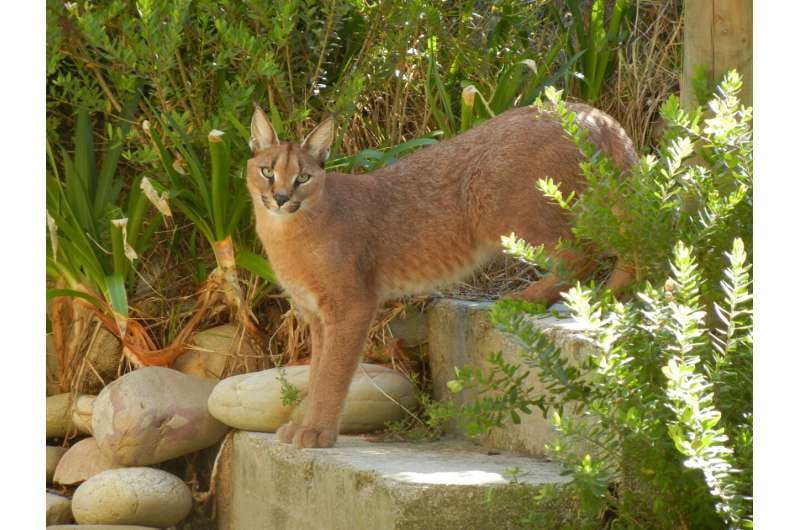
A caracal on the steps of a garden of an urban edge property in Smitswinkel on the Cape Peninsula, South Africa. Anya Adendorff
Cape Town is home to the caracal, as well as a biodiversity hotspot. Caracals are elusive mammals who are viewed by livestock farmers in other parts of South Africa as pests.
The UCP was established in December of 2014 to explore caracal ecology. The project uses social media to influence perceptions and awareness of urban caracal conservation. UCP is run by researchers hosted by University of Cape Town’s Institute for Communities and Wildlife in Africa.
Most of the interactions regarding UCP’s works are communicated through social media, though the project also has a website.
The authors of the study assessed caracals’ global popularity between 2004 and the present using Google Trends, both before and following the establishment of UCP. They compared the interest in caracals with that of the serval, a similar wild cat from Africa.
The authors also used recent Instagram and Facebook data to look at all the material UCP had posted, along with direct public engagement like reporting caracal rescues, sightings and findings of deceased individuals.
The results showed twice as much interest in “caracal” as a term since the launching of UCP. This represented a 91 percent increase in comparison with that of “servals,” which grew by 76 percent during the same period.
The authors said the results suggested UCP had helped increase global awareness of caracals as a species.
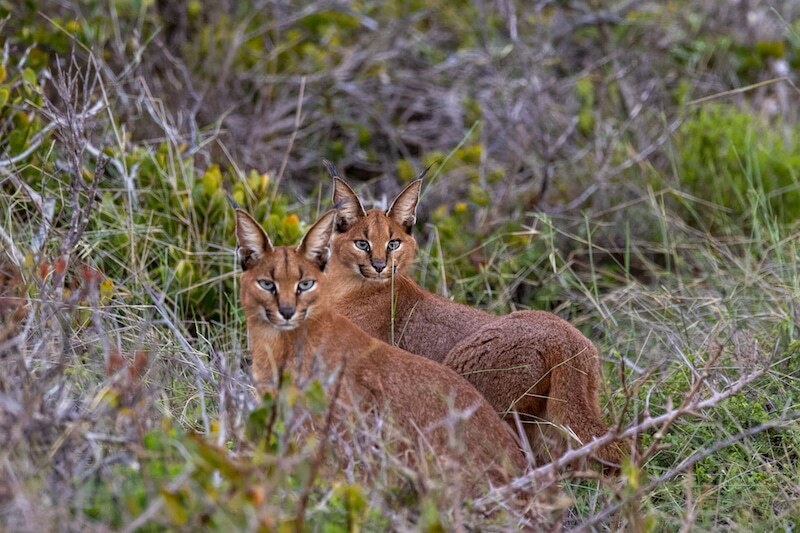
Two caracals in the fynbos vegetation of the Cape Point reserve in the southern part of the Cape Peninsula, South Africa. Gilbert Reinhardt
Other evidence included the project’s now 7,300 followers on Instagram and 16,800 on Facebook, which represent “micro-influencer” status. Most UCP followers are from South Africa, but include those from India, the United Kingdom and the United States.
The authors said deaths of caracals reported by the public — frequently through social media or WhatsApp — allow them to assess threats to the population, as well as roadkill patterns, through post-mortems.
Samples taken for the conducting of tissue analysis have been collected from areas that would have been otherwise unreachable if it weren’t for the citizen network. These investigations have revealed that caracals are exposed to poisonous pesticides and pollutants.
Facebook comments and sightings give conservationists useful information about how the African wildcats respond to humans. Most caracal encounters with humans happen on paths or roads, with caracals being described as “calm” or “chilled” before quickly moving away.
The most frequently used positive adjective to describe caracals in Facebook comments is “beautiful,” in addition to “sad” on negative posts — most often in response to the death of an individual caracal or a threat to their population. The authors said this shows how much engagement on social media has resulted in people caring about the welfare of caracals.
“This paper contributes to our understanding of the various ways in which the public can participate in science. It shows how charismatic species can contribute to conservation and public awareness of biodiversity in urban areas,” Serieys and Leighton said. “The research demonstrates how a public interest in urban ecology and the global phenomenon of ‘cats on the internet’… can be harnessed to leverage conservation action.”
The study, “Wild Cats on the Internet: The Role of Social Media in Popularising Caracals in South Africa,” was published in the journal Environmental Communication and will be part of its special issue, Affective Encounters: Storying in South African Ecological Communication.
Subscribe to get exclusive updates in our daily newsletter!
By signing up, you agree to the Terms of Use and Privacy Policy & to receive electronic communications from EcoWatch Media Group, which may include marketing promotions, advertisements and sponsored content.
